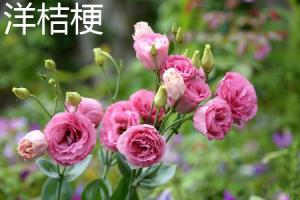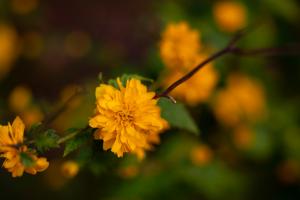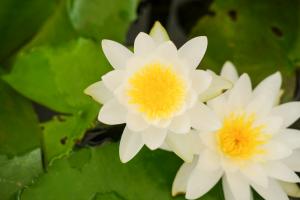Can You Plant a Hydrangea Tree in the Fall?
If you're in the market for planting a hydrangea tree, but you're not sure about the best time to do it, you're not alone. Many gardeners wonder whether it's okay to plant hydrangea trees in the fall. Although there are a few things to consider, the answer is yes, you can plant a hydrangea tree in the fall.
Why Fall Planting Is a Good Option
Fall planting is actually an excellent choice if you're planning to plant a hydrangea tree. As the summer heat fades away, the cooler temperatures and increased rainfall provide just the right environment for new plants. After a hydrangea tree is planted in the fall, it has plenty of time to establish its roots before the winter weather sets in. It also means that the tree will be well-established before the next growing season, allowing it to take full advantage of the favorable spring weather.
What You Need to Know Before Planting
Before planting your hydrangea tree in the fall, it's essential to keep in mind a few things. Firstly, make sure that the soil is moist before planting. This can be achieved through watering directly or waiting for a spell of rain. Secondly, consider the sunlight requirements of the tree, and make sure you're planting it in an area where it will receive ample sunlight. Finally, be sure to choose the right location for your tree as hydrangea trees can grow quite large.
The Steps to Planting Your Hydrangea Tree in the Fall
Planting a hydrangea tree in the fall is a relatively simple process, but it's vital to do it correctly. Here's how you can do it:
Step 1: Dig the Hole - Choose a location for your tree and dig a hole that's about twice the size of the root ball.
Step 2: Add Fertilizer and Soil Amendments - Mix in some fertilizer and soil amendments with the soil that you've removed from the hole.
Step 3: Plant the Tree - Place the root ball of the tree into the hole and fill in the hole with the amended soil, tamping it down as you go.
Step 4: Water the Tree - Water the tree thoroughly to make sure that it's well-hydrated.
Step 5: Mulch the Tree - Finally, add a layer of mulch around the tree, which will help to keep the soil moist and improve soil quality over time.
Caring for Your Hydrangea Tree
After planting, it's essential to take proper care of your hydrangea tree to ensure that it thrives. Water the tree regularly, especially during dry spells, to help it establish its roots. Prune the tree in the fall or winter to remove any damaged, dead, or diseased branches. Additionally, fertilize the tree once a year in the spring to promote healthy growth. Follow these care tips, and your hydrangea tree should continue to flourish for many years.
Final Thoughts
Planting a hydrangea tree in the fall is an excellent choice. With favorable weather conditions and enough time for the tree to establish its root system before winter, you'll be set up for success. Be sure to follow the correct planting techniques, provide the necessary care, and enjoy the beautiful blooms of your hydrangea tree for years to come.

 how many times do yo...
how many times do yo... how many planted tre...
how many planted tre... how many pine trees ...
how many pine trees ... how many pecan trees...
how many pecan trees... how many plants comp...
how many plants comp... how many plants can ...
how many plants can ... how many plants and ...
how many plants and ... how many pepper plan...
how many pepper plan...































